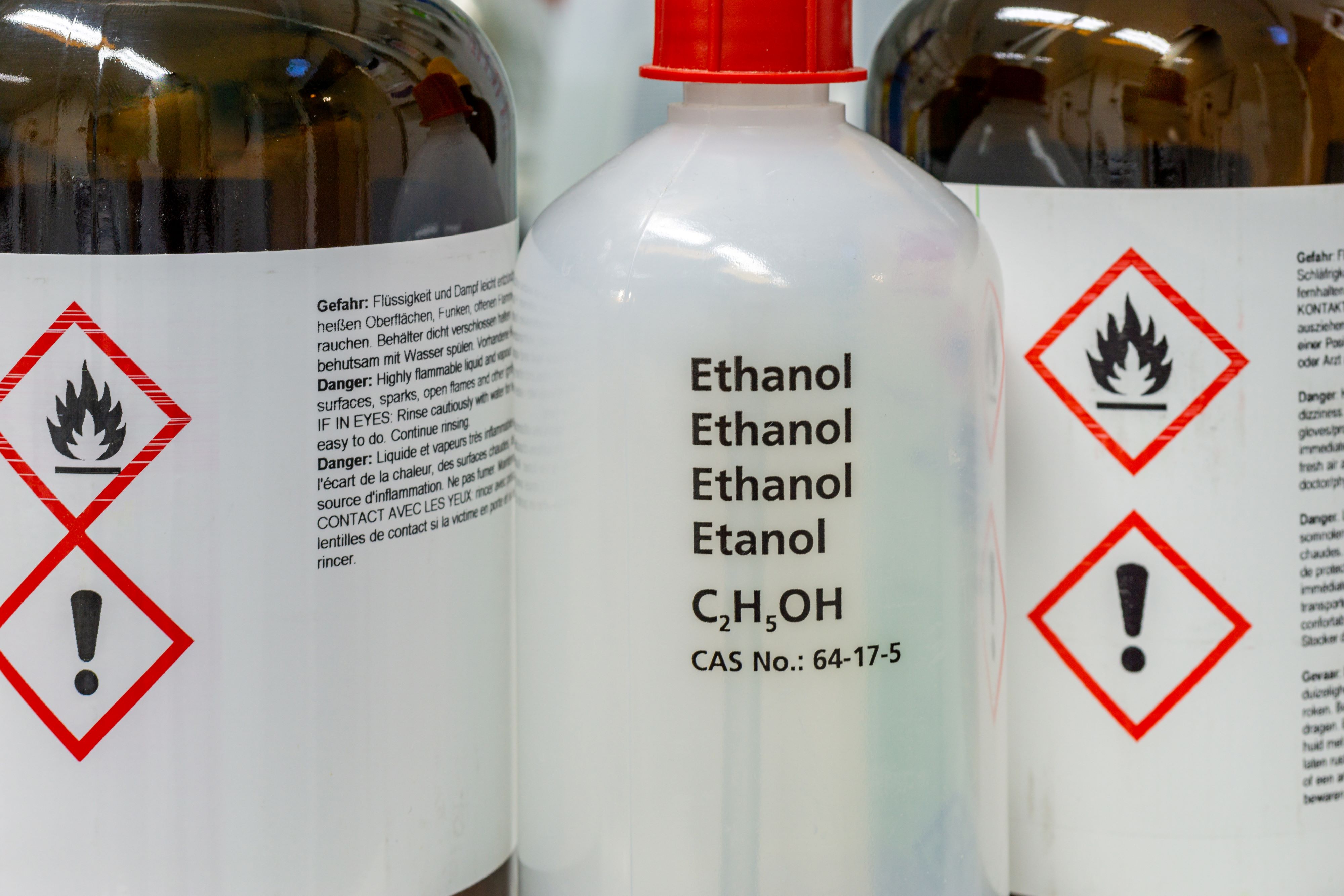
The IOE&IT Daily Updates series on global commodities continues with a look at the liquid ethanol
Ethanol is a clear and colourless liquid that is used in a wide variety of products, from personal care, to medicine and fuel.
It is produced by fermenting corn via either ‘dry’ or ‘wet’ milling.
The process of dry milling is when the grain is ground into ‘meal’ and then mixed with water to produce a paste substance. By contrast, the wet method is when the grain is soaked to separate it into basic components, some of which are used in other processes.
It is commonly used in a lot of personal care products, such as moisturisers or bath salts, and in the car manufacturing process for the production of plastics for dashboards and seats.
Despite being an ‘alcohol’, it should be noted that ethanol is absolutely not safe to drink at this stage, and can, in fact, be incredibly dangerous to consume in its raw form.
Fuel
It is also a fuel source, with different blends of petrol being made by combining ethanol and gasoline.
Although fuel ethanol is an expanding market, the US Department of Agriculture notes that it is still focused on a few different areas.
Also, since there is an ongoing effort to reduce fossil fuel-dependency worldwide, the use of ethanol in fuel is increasing significantly.
It is categorised as an alternative to fossil fuels, but there are competing views on whether or not ethanol is better for the environment than carbon-based fuels.
Medicine
One of ethanol’s most important uses is for medicines and pharmaceutical industry. Departments like intensive and paediatric care use it in drugs and it can also be used during the detox process for those suffering from addiction.
Ethanol plays a major part in the pharmaceutical goods sector, being used in the production process for many different drugs.
Research into cancer requires ethanol, since the liquid is used to hold in place samples of cancerous tumours for study under a microscope.
Import problems
However, as a dangerous and very combustible chemical, it is not the easiest item to import.
Laura Williams, Institute of Export & International Trade (IOE&IT) customs and trade consultant, explained some of the common difficulties of bringing ethanol into the UK:
“In order to import ethanol, you need to be registered on the alcohol wholesalers registration scheme and you need to register 45 days before you intend to trade.
“It’s not something you can do last minute.”
Licensing and pre-approval are crucial for moving ethanol across borders.
Williams added that even larger organisations would need an extensive process:
“A company like Lidl, for example, wouldn’t be able to just automatically import ethanol, even though it may have an alcohol licence.”
Importing issues
Ethanol, as a potentially dangerous item, is a heavily controlled good when it comes to import/export restrictions.
This can create difficulties for importers. Williams added:
“If you're importing ethanol, no matter what you're importing it for, you need to have a registered warehouse for exercise in order to and be an approved and registered consignee for alcohol.”
It could also be subject to export controls, as the explosive substance is capable of being used in weaponry.
Dangerous good
Transportation needs to be in secure, non-plastic containers. Different industries, like farming or pharmaceutical, have their own processes.
In hospitals, the dangerous nature of the liquid means it must be stored in large VATs underground.
As a former pharmaceutical worker, Williams had to wear extensive personal protective equipment when handling it.
Trade flows
As a lot of ethanol is produced from corn, the two goods share the same story when it comes to exporting and importing trends over the last few years.
Williams says there was a noticeable dip during the pandemic, but trading volumes seem to have largely returned to their pre-pandemic level.
At present around 82% the world’s supply of the liquid comes from either the US or Brazil, feeding a large demand for supply in countries like the EU or China.
China, a major purchaser of the product, is starting to shift their imports from the US to Brazil, as the Latin American country seen as more of a geopolitical ally.



